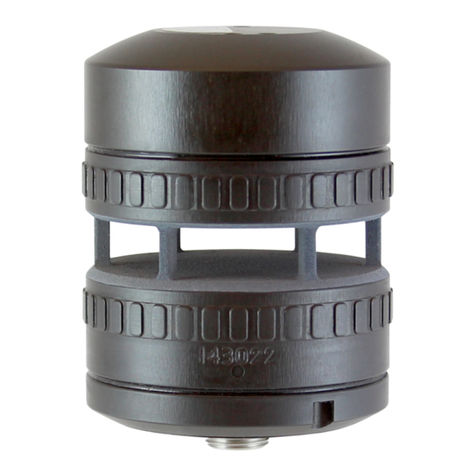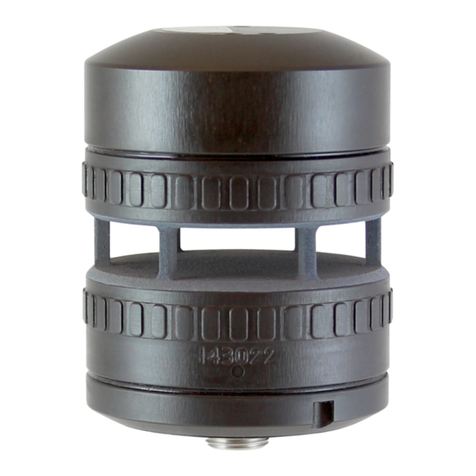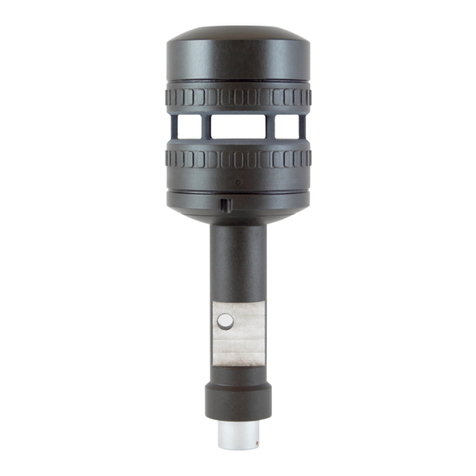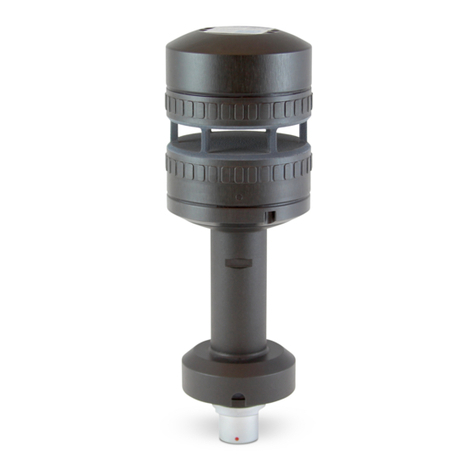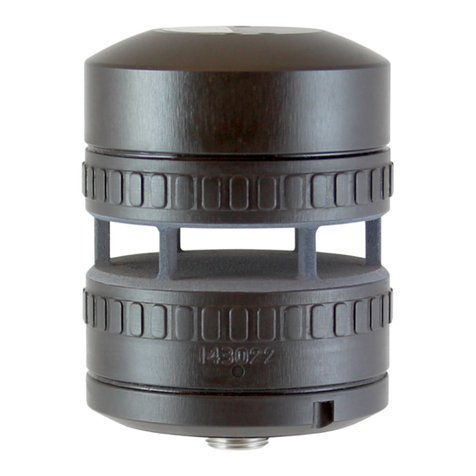
2FT702LT/D Flat Front Wind Sensor Manual
Contents
Safety Instructions ....................................................................................................4
1INTRODUCTION .................................................................................................6
1.1 Product Overview ............................................................................................................ 6
1.1 Build Versions and Labelling.......................................................................................... 7
1.2 Pipe Mount Sensor .......................................................................................................... 7
1.3 Scope of Use.................................................................................................................... 7
1.4 Disclaimer........................................................................................................................ 8
2FUNCTIONAL DESCRIPTION............................................................................9
2.1 Technical Performance.................................................................................................... 9
2.2 Current Loops.................................................................................................................10
2.2.1 Current Loop Characteristics........................................................................................10
2.2.2 Wind Speed Loop.........................................................................................................10
2.2.3 Wind Direction Loop.....................................................................................................12
2.2.4 Changing the wind datum direction...............................................................................12
2.2.5 Error Detection.............................................................................................................13
2.3 Heater Setup ...................................................................................................................13
3INSTALLATION ................................................................................................14
3.1 Connectivity....................................................................................................................14
3.1.1 Connector Details.........................................................................................................14
3.1.2 Cable Details................................................................................................................14
3.2 Mounting the FT702LT/D ................................................................................................15
3.2.1 Alignment.....................................................................................................................16
3.3 Lightning protection and EMC .......................................................................................17
4.3.1 Protection against direct lightning effects......................................................................17
4.3.2 Protection against indirect lightning effects and electromagnetic interference................19
4.3.3 Surge protection...........................................................................................................19
3.4 Inspection of the FT702LT/D ..........................................................................................21
3.5 Fault Finding & Troubleshooting ...................................................................................22
3.6 Returns............................................................................................................................22
4EVALUATION ...................................................................................................23
4.1 Evaluation Pack..............................................................................................................23
4.2 Wiring Diagrams.............................................................................................................23
4.3 Quick Start Steps............................................................................................................24
5CHANGING SETTINGS ....................................................................................25
5.1 Installing the Configuration Program.............................................................................25
5.2 Configuring the FT702LT/D ............................................................................................25
5.3 Change Settings .............................................................................................................26
5.4 Sensor Report.................................................................................................................26
5.5 Current Loop Test...........................................................................................................27
5.6 Reading the Wind Data...................................................................................................28
5.7 Wind Sensor Mode Warning...........................................................................................28
